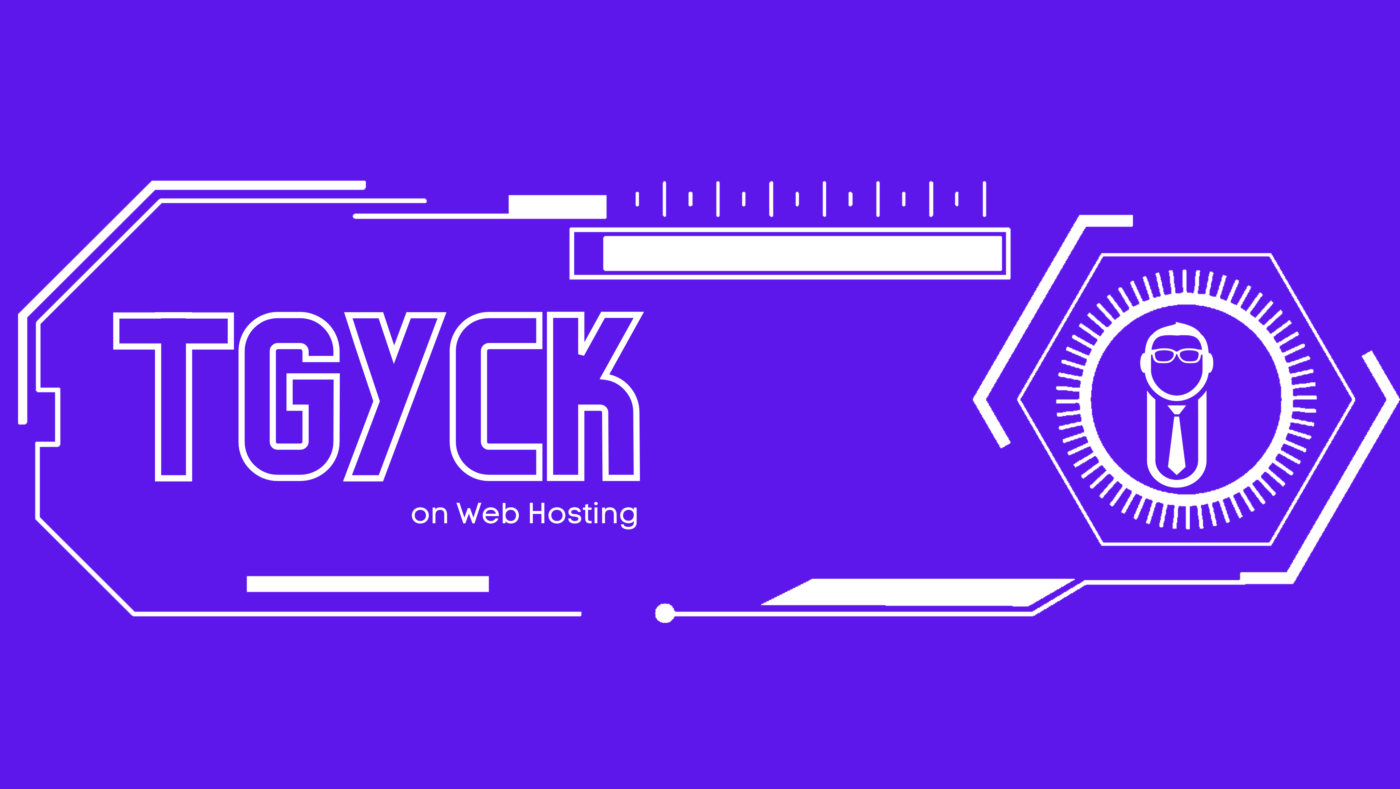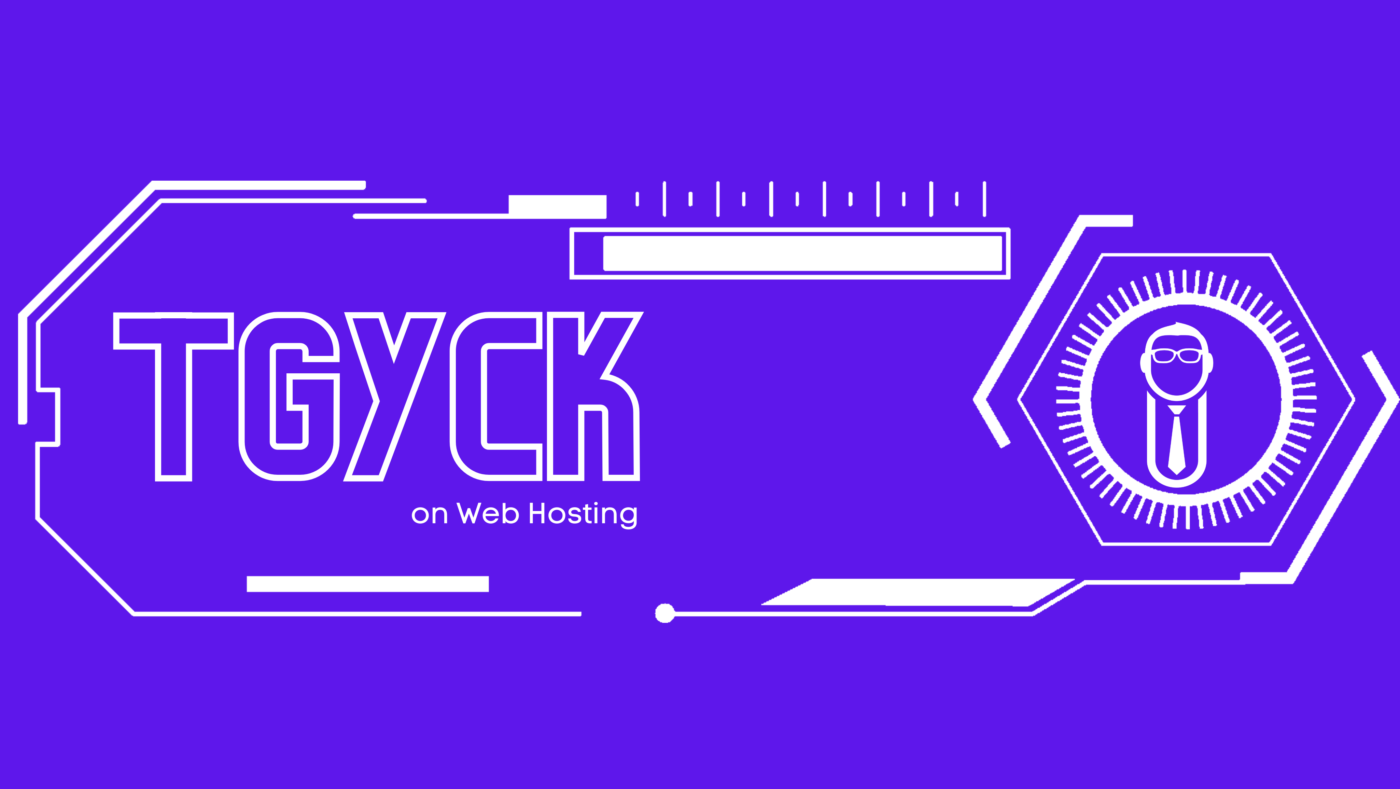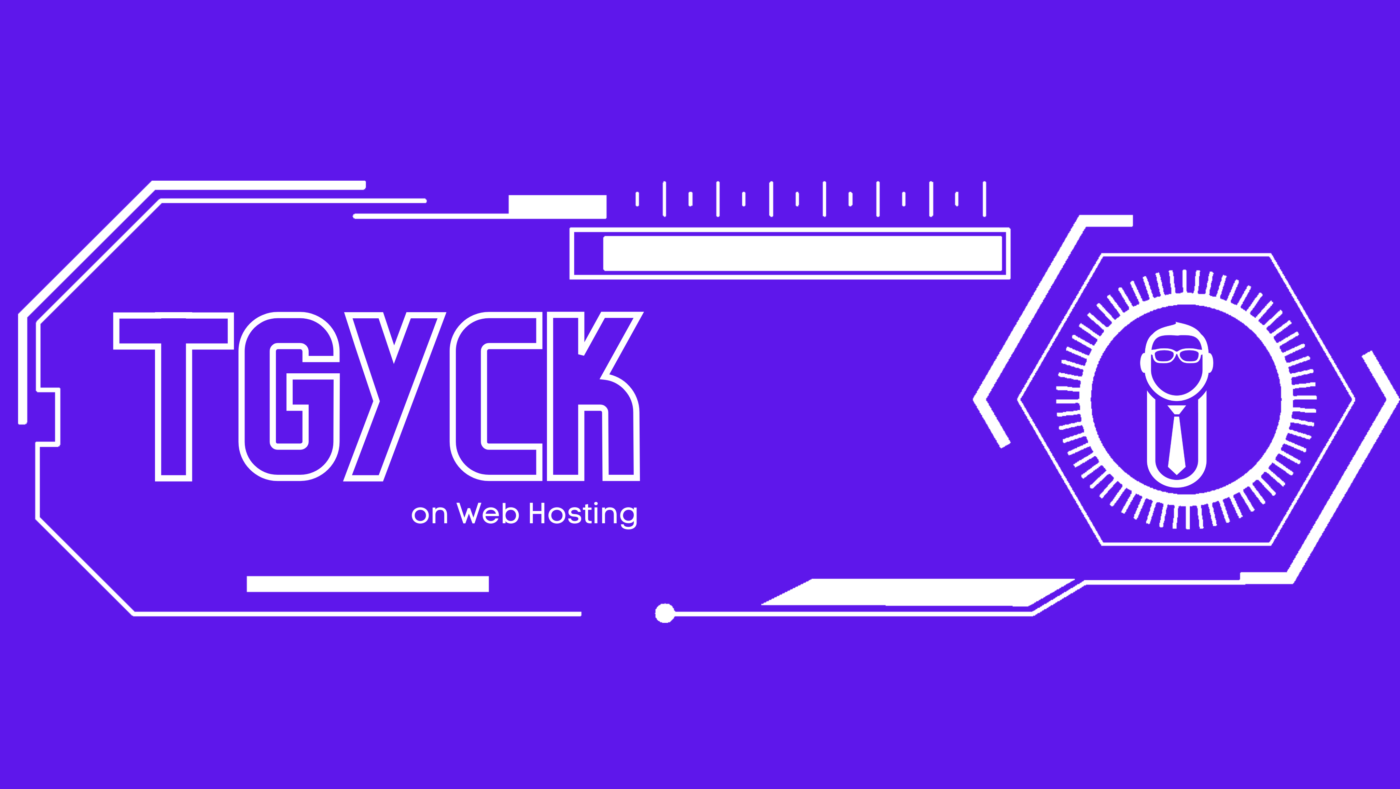How AI is Changing the Landscape of Digital Marketing

This blog post provides an overview of how AI is changing the landscape of digital marketing. It explores how AI helps businesses personalize their messaging, analyze data, and improve customer service through chatbots. Readers can gain insight into the impact AI has on digital marketing and understand how to use it to their advantage.
Secure Password Storage: Best Practices and Encryption Techniques

This blog post provides an overview of best practices and encryption techniques for secure password storage. Learn more about using strong passwords, encryption techniques like hashing and salting, and multi-factor authentication to protect yourself and your data.
Tips for Improving Website Speed and Performance

This blog post provides tips for improving website speed and performance. Learn how to optimize images, use a CDN, minimize HTTP requests, use caching, and prioritize above the fold content to ensure your website loads quickly and performs flawlessly.
The Power of AI in SEO

This blog post explores the power of AI in SEO and examines the advantages that it brings to the table. It also looks at the future of AI in SEO and the potential it holds.
Introduction

This blog post provides an introduction to Virtual Private Networks (VPNs), exploring what they are, why you should use one, and how to set one up.
Introduction: Monitoring a WordPress Site – Top Tools and Plugins

Introduction: Monitoring a WordPress site is a crucial task for any website owner or administrator. You need to keep an eye on your website’s performance, security, and traffic to ensure that your website is functioning smoothly. Fortunately, there is a variety of top tools and plugins available for monitoring your WordPress site, which can help […]
Introduction: Artificial Intelligence (AI) Transforming Web Development

This blog post explores how Artificial Intelligence is transforming web development by streamlining complex processes, improving user experience, enhancing website performance, and achieving SEO goals. It looks at how AI-powered tools such as chatbots, virtual assistants, code generators, and SEO tools are helping web developers create better websites faster.
The Importance of Web Application Security

This blog post examines the importance of web application security and explains how to implement a web application security scanner. It provides an overview of the different types of scanners and how to set them up. It also highlights the benefits of using a scanner and the potential repercussions of not doing so.
The Benefits of Managed WordPress Hosting for Your Business

The Benefits of Managed WordPress Hosting for Your Business When it comes to building a website for your business, WordPress is undoubtedly one of the most popular and reliable platforms available. While the CMS is user-friendly and versatile, managing a WordPress website requires a significant amount of time, effort, and technical expertise. This is where […]
Introduction: Artificial Intelligence (AI) and Personalization

This blog post explores the benefits of personalization and how AI is revolutionizing the personalization process. It provides an overview of the key benefits of personalization, as well as the ways in which AI is being used to revolutionize the personalization process.